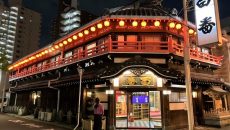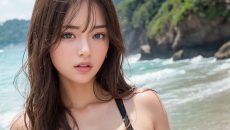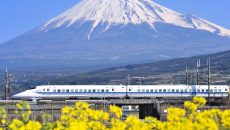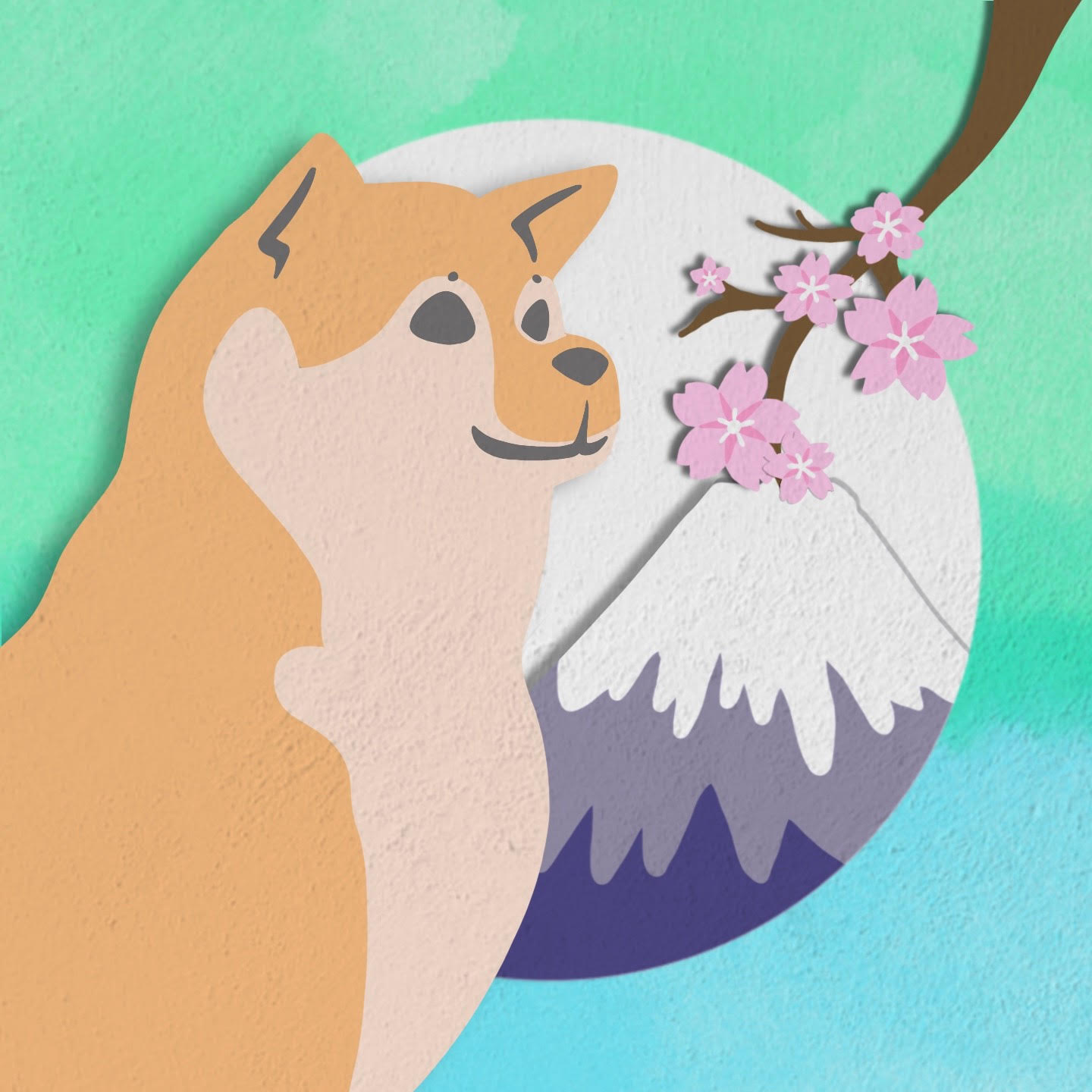Japanese illustrator Rin Nadeshico translates fashion that was popular hundreds of years ago into the style of a modern clothing catalog.
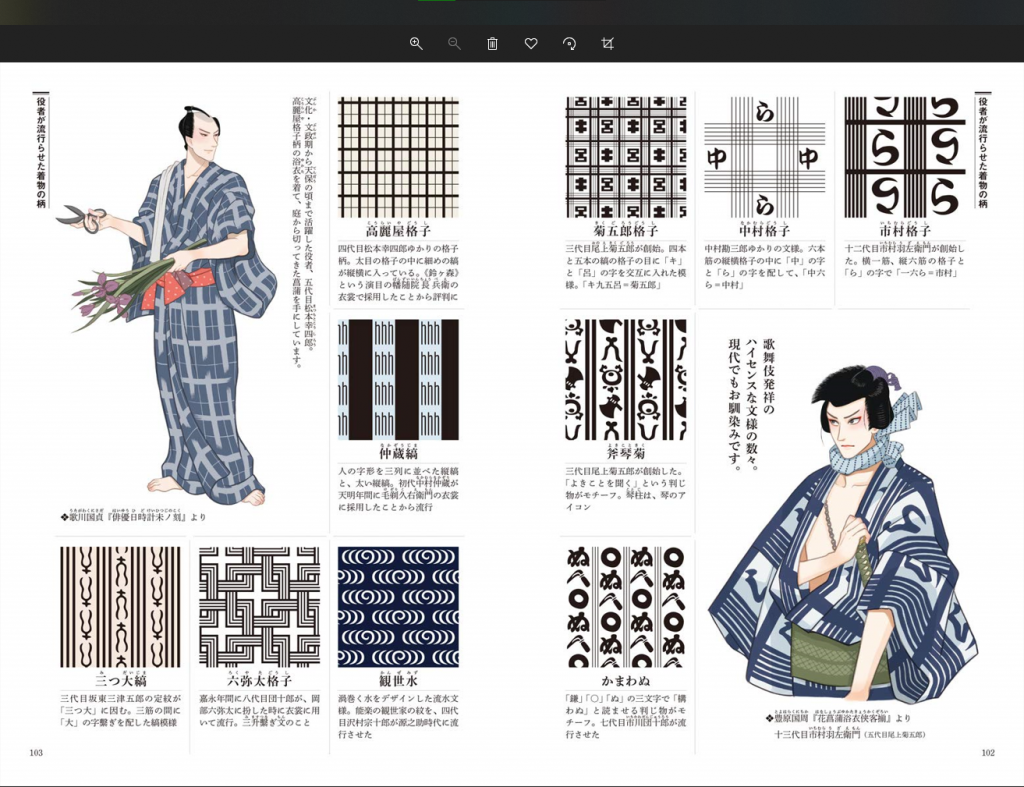
Key Points
- Japanese artist Rin Nadeshico (撫子凛) has published the Oedo Fashion Illustrated Field Guide (お江戸ファッション図鑑). It features highly detailed illustrations of kimono fashion popular during the Edo period (1603 ~ 1867).
- The book is laid out in four chapters in an easy-to-navigate format reminiscent of a modern clothing catalog. Each chapter is dedicated to the clothing worn by someone of a particular occupation.
- While her primary focus is on a key element of Edo period fashion, the kimono robe, Nadeshico included additional drawings of topknot hair design, how to tie an obi belt, avant garde umbrellas, wooden geta sandals, and other fashion popular during the period.
Forerunners to Today’s Manga and Anime
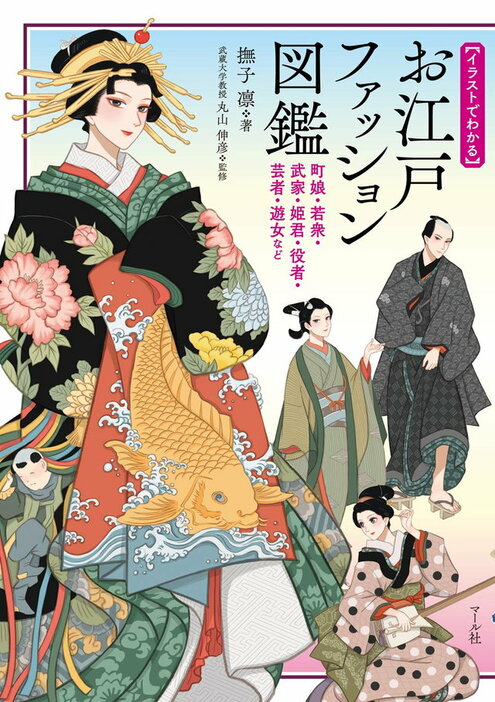
Unlike the earlier Warring States era (戦国時代), which was a disruptive, unstable time, the Edo period (1603 ~ 1867) was a rather peaceful stretch that lasted for more than 200 years. This was a time when Japan was closed off to the West in self-imposed isolation. It is revered for its stylish culture that caused the fields of clothing, food, and housing to flourish.
Much of what is known about Edo period fashion comes from the interpretation of ukiyoe (浮世絵), or woodblock prints.
Influence of Ukiyoe Woodblock Prints in Edo Period Fashion
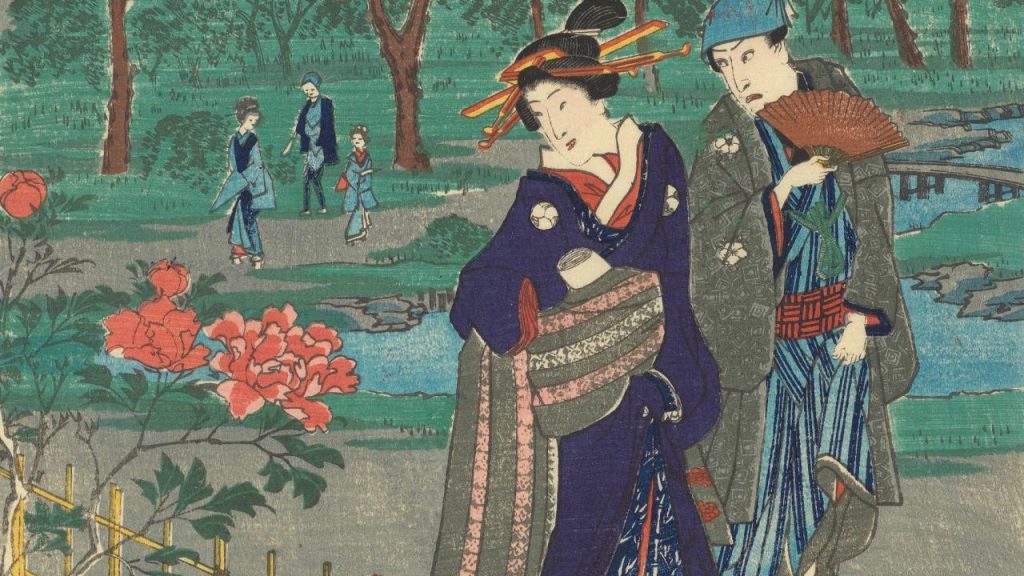
The most famous ukiyoe artists, Katsushika Hokusai (北斎葛飾) and Utagawa Hiroshige (歌川広重), were the Edo period equivalent of today’s successful illustrators. They explored various genres but are most famous for their landscapes and depiction of famous kabuki theater actors.
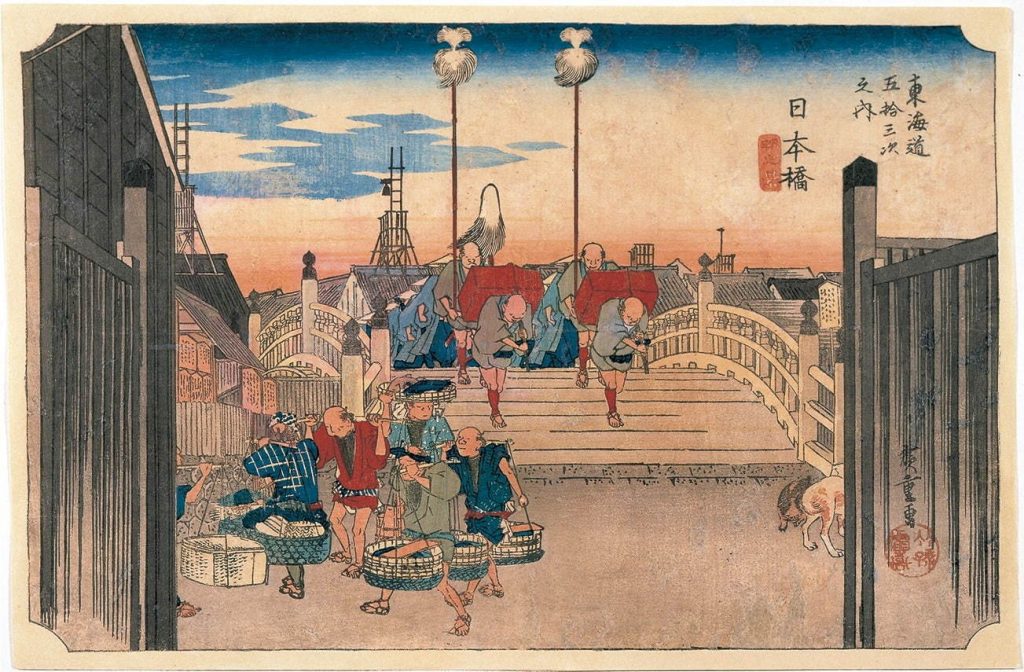
While these artists and others accurately captured the “clothing culture” of the Edo period, individual pieces of clothing were not drawn in the style of a fashion catalog. There is no means of cross-referencing data about a particular style of kimono, for example. That was the inspiration for the artist.
Motivation of the Author
Born in 1984 in Chiba Prefecture, which is adjacent to Tokyo, the talented artist Rin Nadeshico tends to focus her illustrations and paintings on the themes of kabuki theater, kimono design, and traditional Japanese artwork from the Edo period.
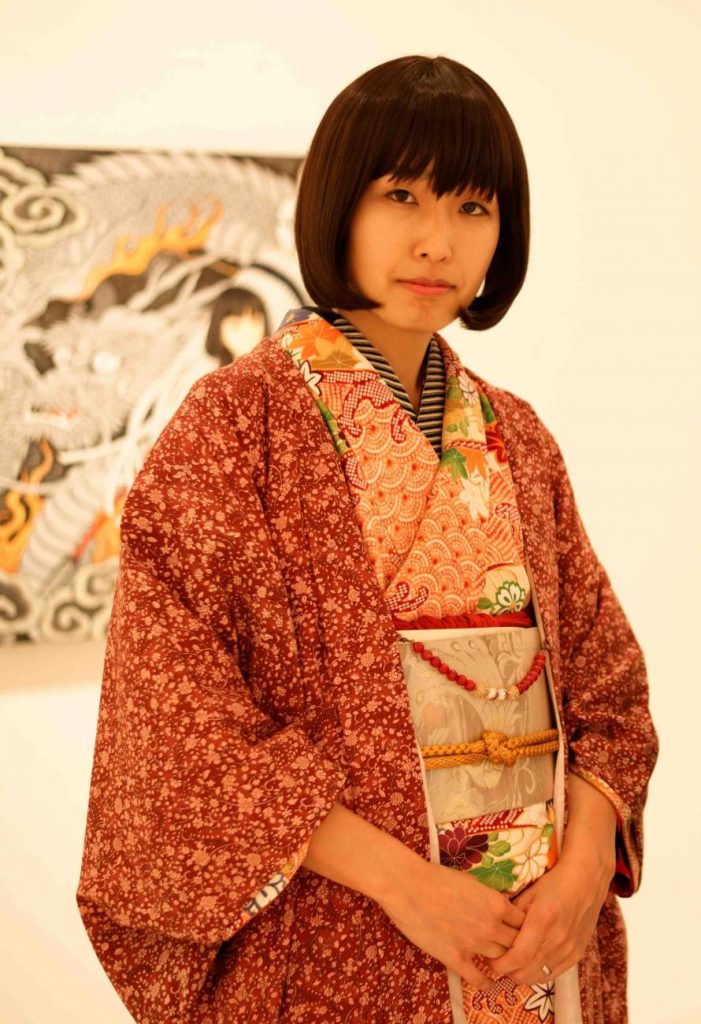
She has been drawing since elementary school and originally aspired to become a manga artist. Nadeshico graduated from design school in Tokyo in 2005. There she learned graphic design and became friends with many young artists. With the intention of “growing as an artist,” Nadeshico studied in Paris in 2009, which she used as a base to visit Italy, the UK, and Germany.
The artist confesses,
I want to express the beauty of Japan by my paintings and illustrations. Japanese traditional art is one of the most beautiful things in the world. I love Katsushika Hokusai…I was strongly influenced by its beauty.
Nadeshico, which must be a pen name, is related to the term yamato nadeshiko (大和撫子), which means “the personification of an idealized Japanese woman.”
You can learn more about the artist by visiting her website: http://nadeshicorin.com/xx_english/top.html
You can also connect directly with her on Twitter: https://twitter.com/nadeshicorin
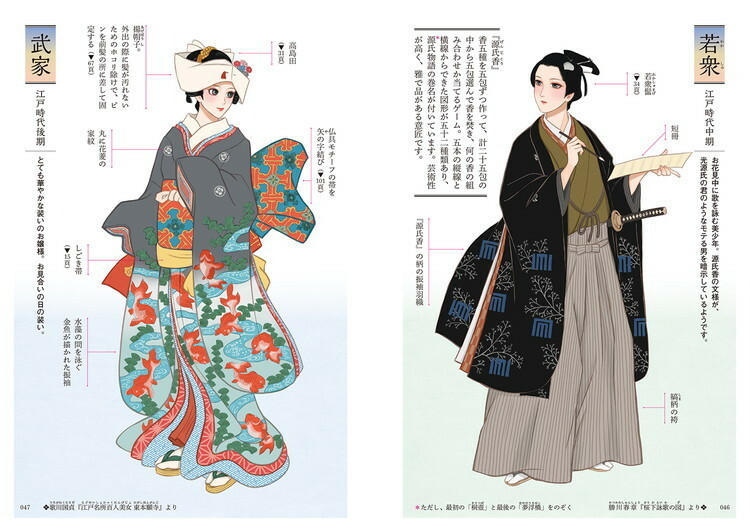
Nadeshico has used her natural talent and training to develop a true work of art that is very easy to navigate.
Chapter Organization
Nadeshico has laid out the Oedo Fashion Illustrated Field Guide into four chapters. Similar to the way in which a modern fashion catalog would be organized, each chapter is dedicated to the clothing worn by someone of a particular occupation.
The first chapter is devoted to commoners including town girls, young husbands, firemen, etc. The second chapter is all about the social elite who were from samurai families. It includes the elaborate dress of feudal lords, princesses, etc. The third chapter depicts “people who live for their art.” It highlights artisans, geisha, and kabuki actors. The fourth chapter showcases people who worked in the entertainment district—mainly as prostitutes.
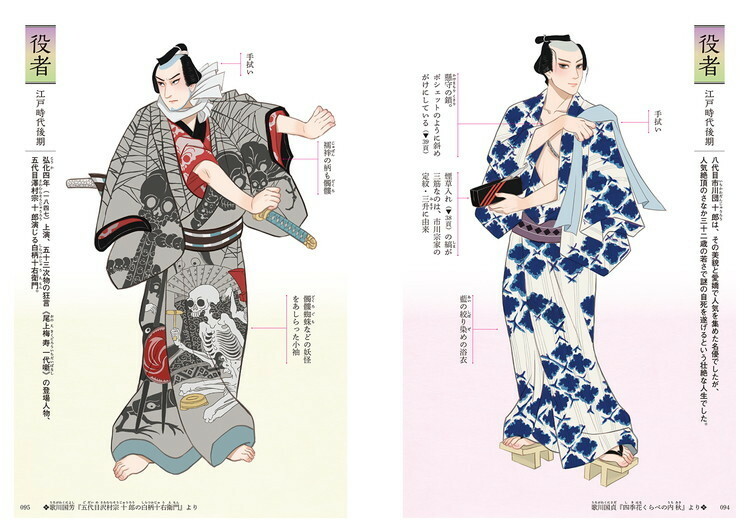
The illustrations are all based on actual ukiyoe woodblock prints, but the style and character designs have been updated to be more modern. Nadeshico has taken the artistic license to add bright colors and intricate details.
Edo Period Fashion Was Not Just about Kimono Design
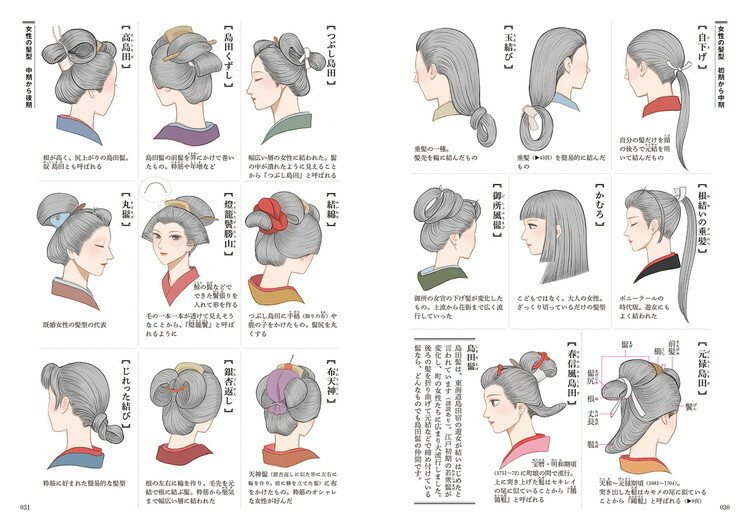
The book is not just a collection of kimono illustrations.
Nadeshico has drawn the intricate details of many fashion “accessories.” These drawings include the various types of topknots popular back in the Edo period. She also shows how to tie an obi belt, introduces a variety of traditional Japanese umbrella designs, and showcases various types of geta wooden shoes.
Although the Oedo Fashion Illustrated Field Guide was released in January 2021, it is now starting to gain traction in Japan. One reader, Mikoto, remarked,
Recently I bought the book called Oedo Fashion Illustrated Field Guide. I was impressed with the degree to which people were fashionable during the Edo period. I like the book so much that now I wish that I could have lived during the Edo period.
If you want to do a “deep dive” into the environment of the people who wore this fashion, a particularly appropriate place to visit is the Fukagawa Edo Museum in Tokyo. Learn more about it by reading “Experience Edo Era Tokyo – Fukagawa Edo Museum.”
The Oedo Fashion Illustrated Field Guide (お江戸ファッション図鑑) retails for 1,870 yen (approximately US $16.20) and is available at bookstores across Japan and online. At present, Nadeshico’s book is still only published in Japanese, but there may be plans to develop a version written in English.
Link to Japanese Language Source: https://news.yahoo.co.jp/articles/f001303db0ba06c006a6a4d481ba30f0c8f19dfa
More Stories from Japan Insider
Related Articles
AI Girlfriends: Exploring the World of Virtual Companions
AI-generated girlfriends are growing popular on Japanese Twitter. Learn more about what they can do, and what it could mean for the future.
Discover Japan’s Top 10 Must-Visit Places
From stunning landscapes to bustling cities, Japan offers many unforgettable experiences. Here are Japan’s top 10 best places to visit!

